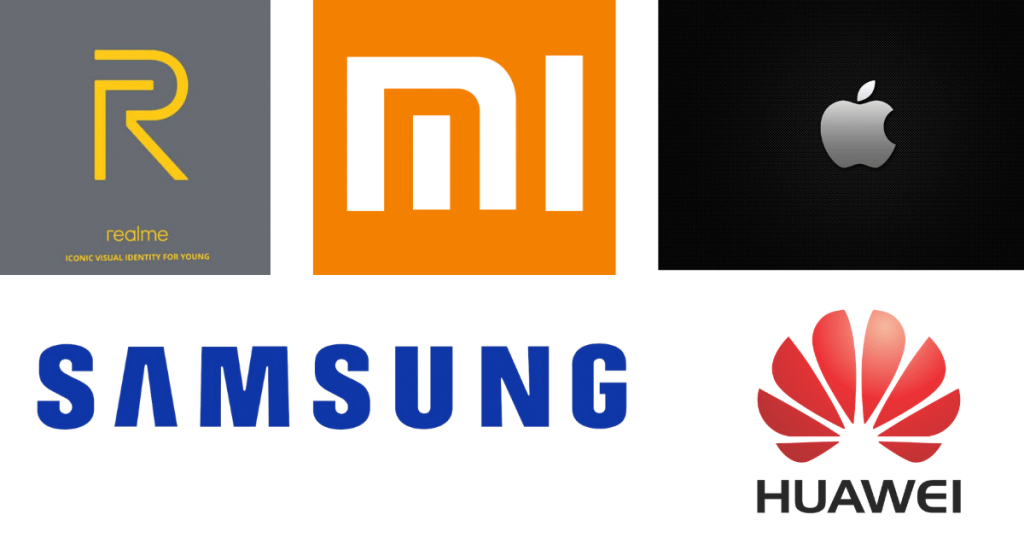Vivo: The Dominators of Global Affordable Smartphone Industry
The smartphone is one of the most innovative discoveries of humankind. It won’t be wrong if we call a smartphone a mini-computer, as it can do almost everything a computer can do. Today, from entertainment to business and from connecting with people to studying online, everything is possible through this small and handy gadget. Though smartphones could only be a thing for the Rich, due the companies like Vivo, people from every category have been able to get their hands on them. The company is known for its feature-rich yet affordable smartphones and is one of the most loved smartphone manufacturing companies across the globe.
A Brief Introduction
Vivo is a Chinese Android smartphone manufacturing company that is a subsidiary of BBK Electronics and was founded by Shen Wei in 2009. It is the sister company of Oppo and OnePlus. The company’s headquarter is located in Dongguan, Guangdong, and it is one of the leading smartphone companies in the world that manufactures affordable to mid-range smartphones. Apart from smartphones, Vivo also is the mass producer of smartphone accessories, software, and online services. Vivo’s mobile applications are widely available on its dedicated V-Appstore, and its smartphones also run on the Funtouch OS.
The Back Story of Vivo
Vivo, as mentioned earlier, is a subsidiary of BBK electronics, which came into being with the emergence of smartphone technology around the world in 2009. The company continued to serve its Chinese audience for around 3-4 years of its founding, and in 2014, by entering Thailand for the first time, it started to expand overseas. The company offered innovative designs and features incorporated into its smartphones that made Vivo smartphones quite popular among its global audience in no time.

By 2015, the company had reached major Asian countries like India, Indonesia, Malaysia, Myanmar, Philippines, and Vietnam, etc. The same year, Vivo had sold 45 million units of smartphones worldwide, whereas it was producing 60 million pieces annually. In the year 2017, Vivo also started its expansion in the European countries starting from Russia.
Vivo is credited for bringing the first slimmest smartphone in 2014 and also for becoming the first smartphone company to incorporate a Hi-Fi chip into a smartphone (the Vivo X1) in 2012. The company also entered the U.S. market with the brand name BLU. In 2019, the company had become the second-best smartphone company in India. Apart from smartphone manufacturing, the company is also one of the sponsors of the Indian Premier League (IPL), UEFA, India’s Pro Kabaddi, and FIFA.
The Key People at Vivo
Shen Wei is credited as the founder of Vivo, who is also the disciple of the founder of BBK Electronics, Duan Yongping. From the time of the founding of Vivo, Wei has been serving the company as its CEO as well as the President. Before serving as the CEO of Vivo, Shen was working for BBK Electronics. According to Duan, it was never his plan to start a dedicated smartphone company, but after the demand for affordable smartphones started, BBK had to enter the competition. Today, BBK trades as the smartphone seller with its subsidiaries Vivo, Realme, OnePlus, and Oppo.
The Company Today
Vivo has its dedicated R&D centers established in Dongguan, Chongqing, Shenzhen, and Nanjing, and around 3,000 engineers are working at those centers. Apart from that, around 10,000 employees are serving the company globally and till now, Vivo is actively providing its services in over 100 countries. Vivo has continued to follow its ritual to introduce new smartphone models every year, such that it remains relevant in the changing smartphone market. The company with its innovation grown to become a leading name in the smartphone industry and is one major contributor to the growth of its parent company BBK Electronics, too.

Yashica is a Software Engineer turned Content Writer, who loves to write on social causes and expertise in writing technical stuff. She loves to watch movies and explore new places. She believes that you need to live once before you die. So experimenting with her life and career choices, she is trying to live her life to the fullest.


